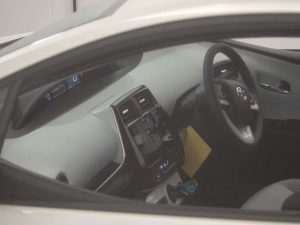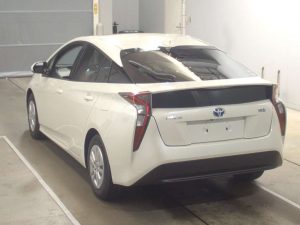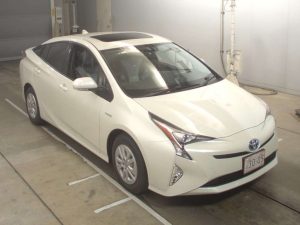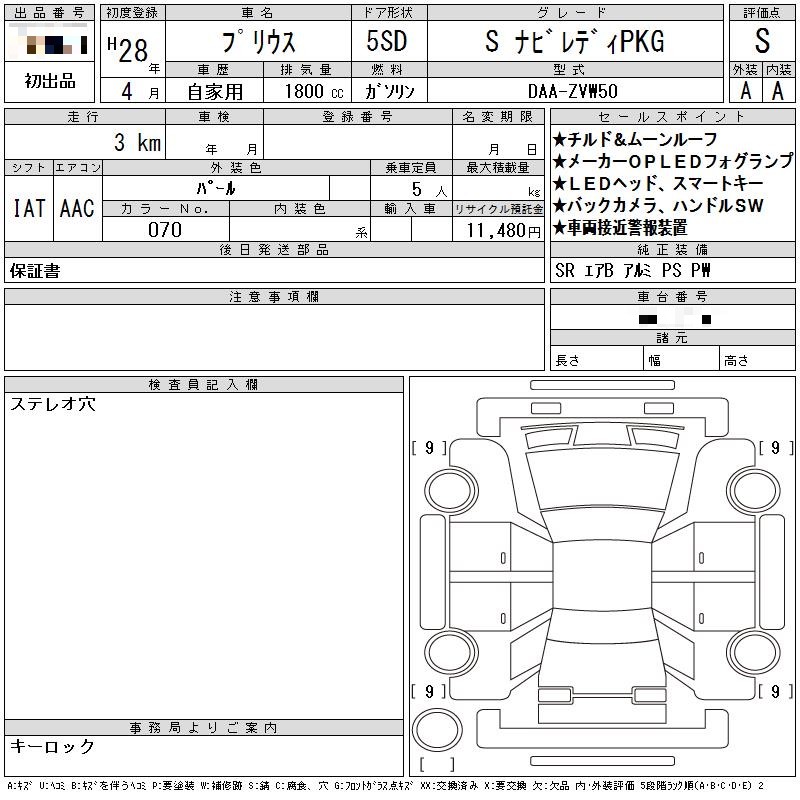Toyota Prius: The Car That Started A Revolution
With the Toyota Prius now being reborn in its 4th incarnation, it’s a great time to look back at the original Prius – the car that started the hybrid revolution. Now hybrids are so common that we have forgotten just how revolutionary this powertrain was when it was launched back in 1997. I remember my first ride in an early model on some hilly roads in Japan, and how it was such a different experience to what I had been used to up to that point.
Throughout history, cars have traditionally been damaging to the environment through the release of greenhouse gases that come about through the burning of fossil fuels (such as gasoline). The rise of “gas guzzlers” and their huge engines that came with the primarily US car culture of the 1960s and 1970s saw carbon dioxide and carbon monoxide and other nasties spewed into the air, causing the global climate damage leading to adverse health effects in large cities where pollution was rampant.
As time went on, however, more and more people began to realize that this was a serious problem – and thus, as global awareness of climate change and the dangers of pollution rose, car companies began to consider alternatives to the traditional gas-fueled vehicle.
Enter the hybrid car: a solid compromise between the gasoline-hungry polluter and the (as yet impossible to produce) all-electric car. Although the concept of hybrid cars has been around for a while – almost since the start of motoring itself, in fact – one car really set the trend for others to follow in the automobile industry, and became a favorite with consumers and critics alike: the Toyota Prius.
The first generation model was launched in Japan in 1997 and went on sale worldwide in 2000. Manufactured by the Japanese auto maker Toyota, this mid-size hatchback is currently sold in over 90 markets, of which Japan and the United States are the largest. In 2008, the Prius reached the global cumulative sales milestone of 1 million vehicles; from there, it grew exponentially, selling 2 million cars by September 2010 and 3 million mark by June 2013.
There is a reason that the car is so popular: its environmentally-friendly nature is appealing to many people who feel that they have an obligation to pollute as little as possible, but don’t have the means to purchase an all-electric car (or to not drive at all). Currently the United States Environmental Protection Agency and California Air Resources Board rank the Prius among the cleanest vehicles sold in the United States based on the quantity of emissions it releases. In 2016, the new Prius Eco has become the all-time most fuel efficient gasoline-powered car available in the US without plug-in capability – making it not only environmentally conscious, but accessible for many everyday working-class citizens.
The first-generation Toyta Prius, however, had not yet achieved such lofty heights. When it debuted at the Tokyo Motor Show in 1995, no one was quite sure how well the Prius would sell or whether it was even ready for the market; several more years of research and development went into the car before it could be sold in Japan. However, the car’s designers did have some inkling of what this vehicle could mean for the world; that’s why they named it the Prius, after the Latin word for “before.” According to the Boston Globe, a Toyota spokesperson stated that “Toyota chose this name because the Prius vehicle is the predecessor of cars to come.” Now, that name Prius is almost synonymous with tree-hugging – an eco-brand in its own right – loved by Greenpeace, hated by Jeremy Clarkson.
When it launched, the first generation Prius became the world’s first mass-produced gasoline-electric hybrid car. Its acclaim among critics was almost instantaneous: it won the Car of the Year Japan Award in 1997, and the Automotive Researchers’ and Journalists’ Conference Car of the Year award in Japan in 1998. Since then, the sales figures have spoken for themselves, as have each subsequent model’s new hybrid features and increasing move towards alternative, rather than gasoline-powered, energy.
The Prius, more than anything, prides itself on fuel efficiency – and it has achieved many of its goals in this regard. While the current fourth generation Prius is expected to achieve ratings of up to 116 MPG, the first generation vehicle already stood at an impressive 52 MPG, and thus was revolutionary for both the fuel economy and environmental benefits that it offered. Although it was not the first mass-produced hybrid in the U.S. – the Honda Insight came first – it was by far the most popular.
While there are still questions asked about just how environmentally friendly it actually is, considering all the exotic metals and materials that go into it, there is no doubt that the Toyota Prius is an iconic Japanese car.
Early Prius are very hard to find. I was not able to find any 1997s at auction or at dealers, and only 2 1998 models for sale by dealers. So instead I decided to go to the other end of the spectrum and check out the very latest model, of which you can already find many examples for sale in the Japanese car auctions. Here is the auction sheet translation:
“Grade S, interior A, exterior A, first registered April 2016, first time in auction, S Navigation Ready Package model, 3KM, in-dash AT, AAC, moo roof, maker option LED fog lamp, LED headlights, smart key, reversing rearview camera, steering wheel switches, vehicle proximity warning system, original alloy wheels, sunroof, airbag, power steering, power windows, hole where there is no stereo fitted, marks as per map”







